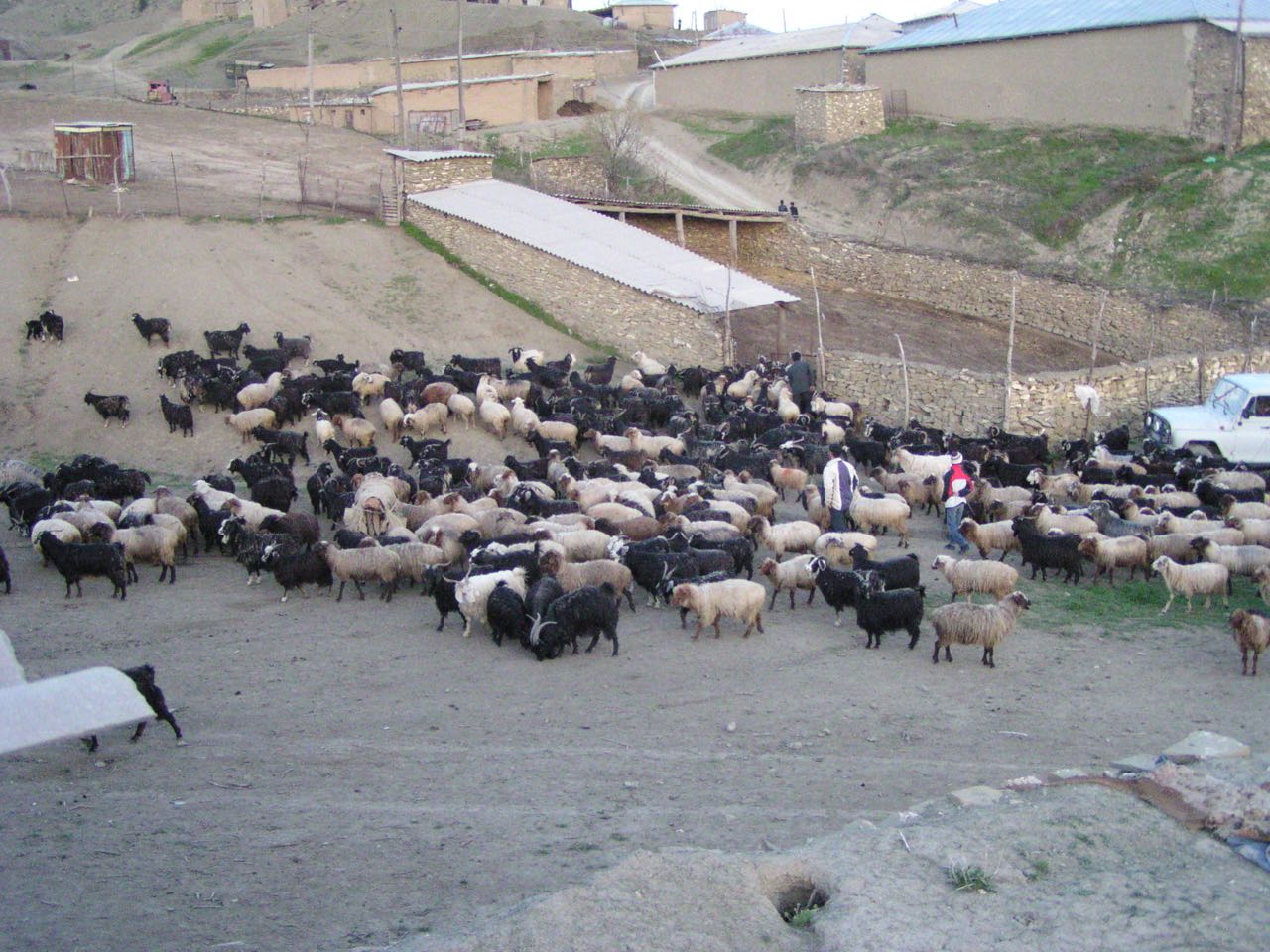

Le bétail est la principale source de revenus des agriculteurs. Chaque année, lorsque le nombre de petits ruminants a augmenté, les moutons sont vendus sur le marché ou utilisés à des fins de consommation, afin de maintenir la capacité de charge des pâturages naturels. La vente de moutons se fait principalement en été. Pour l'usage personnel, les animaux sont abattus à l'automne et mis en conserve pour être consommés jusqu'à l'automne suivant. Actuellement, le village compte 4 troupeaux de petits ruminants, pour un total de 5 000 têtes, et 700 têtes de bovins.
Outre les produits carnés, les familles d'agriculteurs tirent un petit revenu de la production de fromages locaux (de vache et de chèvre). Récemment, la demande de fromage de chèvre a augmenté en raison des déplacements des habitants des villes de la région vers le village.
Récemment, les propriétaires d'animaux ont réduit de 30 % (de 7 500 à 5 000) le nombre de petits ruminants dans leurs troupeaux. Le nombre d'animaux est contrôlé par les bayars (agriculteurs élus qui ont une grande expérience de l'élevage). Les bayars vérifient le nombre d'animaux tous les deux mois et avertissent les propriétaires d'animaux de réduire le nombre d'animaux si le troupeau dépasse 1 000 têtes. À la fin de chaque saison, les agriculteurs vendent leurs animaux pour réduire les troupeaux à 800 têtes. Les agriculteurs ont également commencé à améliorer la race des bovins, résistante au froid rigoureux des hauts plateaux.
Dans les sociétés d'élevage, le nombre de têtes de bétail n'est pas seulement une question économique, mais aussi une question de statut social. Un nombre élevé de têtes de bétail est synonyme de statut social élevé. Les agriculteurs des Konegummez ont surmonté ce piège social, qui conduit à la dégradation des ressources naturelles. Les agriculteurs locaux ont mis au point un mécanisme (appelé bayar) qui permet, d'un commun accord, de maintenir un nombre de têtes de bétail correspondant à la capacité de charge des pâturages. La meilleure qualité des moutons permet de réduire la vulnérabilité aux maladies et d'obtenir de meilleurs prix sur le marché.
La modification des modes d'élevage est un défi majeur pour les sociétés d'élevage. Il nécessite des accords sociaux généralisés au sein de la société, soutenus par les dirigeants de la communauté, et ne fonctionnera que si :
- les agriculteurs tirent un avantage clair et tangible de la réduction du nombre de têtes de bétail ;
- il existe des mécanismes clairs et mutuellement acceptés pour contrôler le nombre de têtes de bétail.